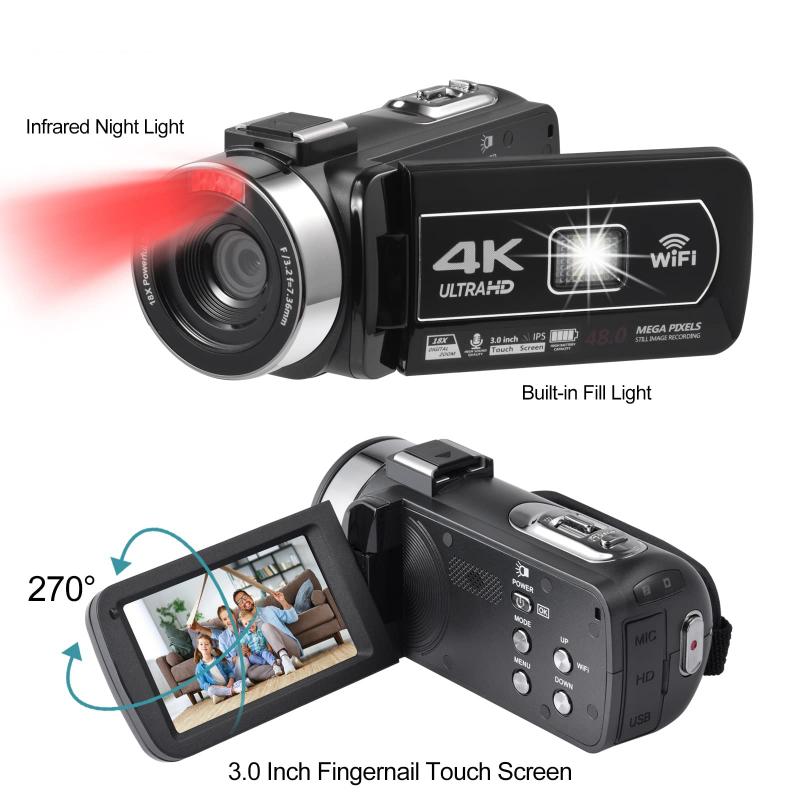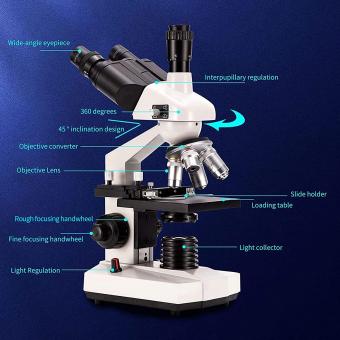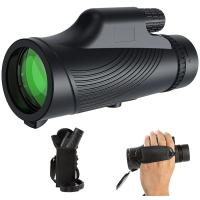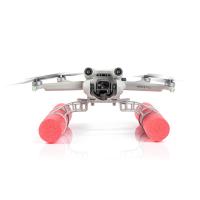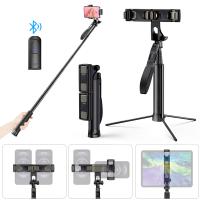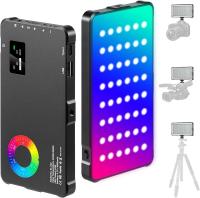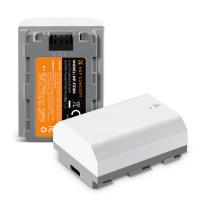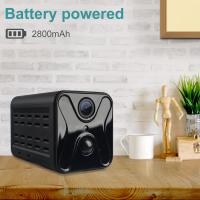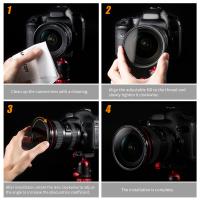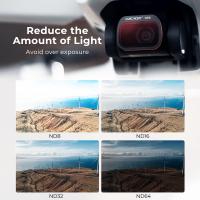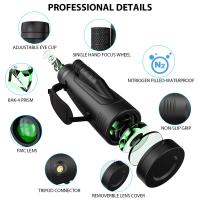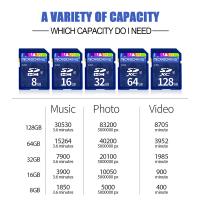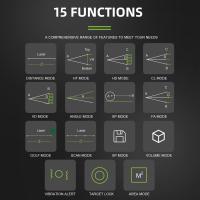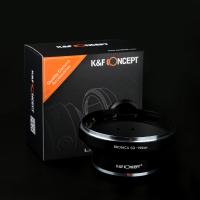What Is Condenser Microphone ?
A condenser microphone is a type of microphone that uses a capacitor to convert sound waves into electrical signals. It consists of a thin diaphragm that vibrates in response to sound, which changes the distance between the diaphragm and a metal plate called the backplate. This variation in distance causes the capacitance to change, resulting in an electrical signal that corresponds to the sound waves. Condenser microphones are known for their high sensitivity and accuracy in capturing sound, making them popular in professional recording studios and broadcasting. They require a power source, usually provided through batteries or phantom power from an audio interface or mixer.
1、 Principle of operation
A condenser microphone, also known as a capacitor microphone, is a type of microphone that uses a capacitor to convert sound waves into electrical signals. It is widely used in professional audio recording, broadcasting, and live sound reinforcement applications due to its high sensitivity and accuracy.
The principle of operation of a condenser microphone involves a diaphragm, a backplate, and an electrically charged capacitor. The diaphragm, typically made of a thin conductive material such as gold-sputtered Mylar, acts as one plate of the capacitor, while the backplate acts as the other plate. The space between the diaphragm and the backplate forms the capacitor's dielectric.
When sound waves hit the diaphragm, it vibrates, causing the distance between the diaphragm and the backplate to change. This variation in distance alters the capacitance of the microphone, resulting in a change in the electrical charge across the capacitor. The electrical signal is then amplified and processed to produce an audio output.
One of the key advantages of condenser microphones is their high sensitivity, allowing them to capture subtle nuances and details in sound. They also have a wide frequency response and low distortion, making them suitable for recording vocals, acoustic instruments, and capturing ambient sounds.
In recent years, advancements in technology have led to the development of smaller and more affordable condenser microphones, making them accessible to a wider range of users. Additionally, some condenser microphones now feature USB connectivity, allowing direct connection to computers and mobile devices for easy recording and streaming.
Overall, condenser microphones continue to be a popular choice for professional audio applications, offering high-quality sound reproduction and versatility in various recording and broadcasting scenarios.
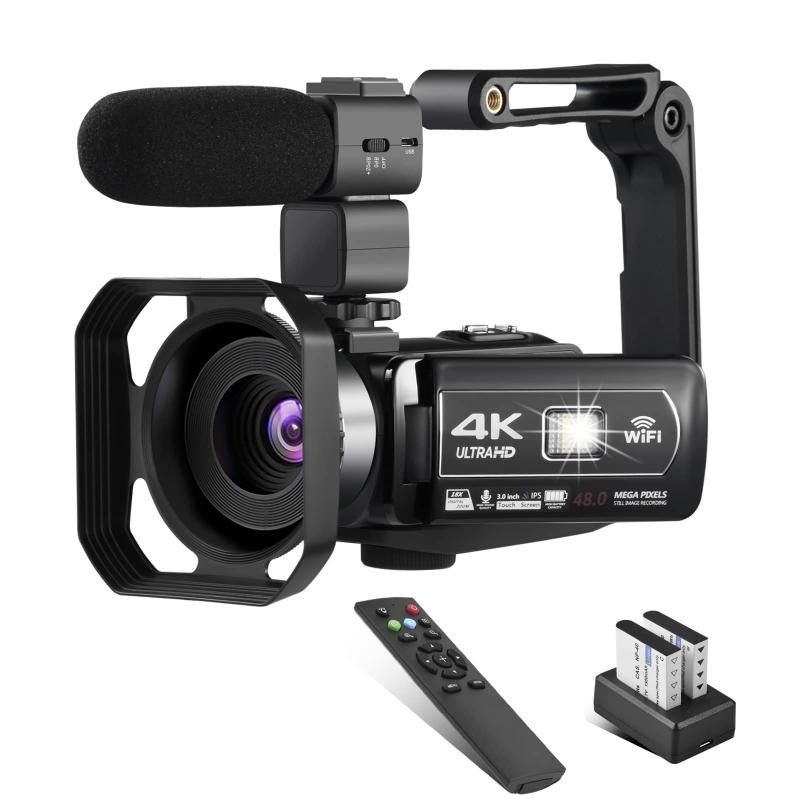
2、 Construction and components
A condenser microphone, also known as a capacitor microphone, is a type of microphone that uses a capacitor to convert sound waves into electrical signals. It is widely used in professional audio recording, broadcasting, and live sound reinforcement applications due to its high sensitivity and accuracy.
Construction and components:
A condenser microphone consists of two main components: a diaphragm and a backplate. The diaphragm is a thin, conductive membrane that vibrates in response to sound waves. The backplate is a stationary plate with a fixed charge. The diaphragm and backplate form a capacitor, with the air gap between them acting as the dielectric.
When sound waves hit the diaphragm, it vibrates, causing the distance between the diaphragm and backplate to change. This variation in distance alters the capacitance of the microphone, resulting in a change in voltage across the capacitor. This voltage is then amplified and converted into an audio signal.
The latest point of view:
In recent years, condenser microphones have seen advancements in technology, resulting in improved performance and versatility. Manufacturers have developed smaller and more compact condenser microphones, making them suitable for a wider range of applications, including podcasting, vlogging, and mobile recording.
Additionally, advancements in circuitry and materials have led to increased sensitivity, extended frequency response, and reduced self-noise in condenser microphones. This allows for capturing more detailed and accurate sound reproduction, making them ideal for capturing vocals, acoustic instruments, and ambient recordings.
Furthermore, some condenser microphones now feature switchable polar patterns, allowing users to select between cardioid, omnidirectional, and figure-eight patterns. This versatility enables the microphone to adapt to different recording scenarios and environments.
Overall, condenser microphones continue to be a popular choice among professionals and enthusiasts alike due to their high-quality sound reproduction, sensitivity, and versatility. With ongoing technological advancements, we can expect further improvements in performance and features in the future.

3、 Advantages over other microphone types
A condenser microphone is a type of microphone that uses a capacitor to convert sound waves into electrical signals. It consists of a diaphragm, which acts as one plate of the capacitor, and a backplate, which acts as the other plate. When sound waves hit the diaphragm, it vibrates, causing the distance between the diaphragm and the backplate to change. This variation in distance creates a change in capacitance, which is then converted into an electrical signal.
Condenser microphones have several advantages over other microphone types. Firstly, they have a wider frequency response range, meaning they can capture a broader range of frequencies accurately. This makes them ideal for recording vocals and instruments with a wide dynamic range, such as pianos or orchestras.
Secondly, condenser microphones are highly sensitive and can capture even the subtlest of sounds. This makes them suitable for capturing delicate nuances in vocals or acoustic instruments. Additionally, their sensitivity allows for a greater level of detail and clarity in recordings.
Furthermore, condenser microphones have a low noise floor, meaning they can capture audio with minimal background noise. This is especially important in professional recording environments where clean and noise-free recordings are desired.
Lastly, condenser microphones are known for their transient response, which refers to how quickly they can respond to changes in sound. This allows them to accurately capture fast transients, such as the attack of a drum or the plucking of a guitar string.
In recent years, advancements in technology have led to the development of smaller and more affordable condenser microphones. This has made them more accessible to a wider range of users, including podcasters, content creators, and home studio enthusiasts.
Overall, condenser microphones offer superior sound quality, sensitivity, and versatility, making them a popular choice for professional audio recording and broadcasting applications.

4、 Applications in various industries
A condenser microphone is a type of microphone that uses a capacitor to convert sound waves into electrical signals. It consists of a diaphragm, a backplate, and an electrically charged capacitor. When sound waves hit the diaphragm, it vibrates, causing the distance between the diaphragm and the backplate to change. This variation in distance alters the capacitance, generating an electrical signal that represents the sound.
Condenser microphones are widely used in various industries due to their high sensitivity and accuracy in capturing sound. They are commonly used in recording studios, broadcasting, live performances, and podcasting. The ability to capture subtle details and nuances makes them ideal for capturing vocals, acoustic instruments, and ambient sounds.
In the music industry, condenser microphones are essential for recording vocals and instruments with precision and clarity. They are also used in professional broadcasting to capture the voices of news anchors, radio hosts, and podcasters. Additionally, condenser microphones are used in conference rooms and lecture halls for recording speeches and presentations.
In recent years, there has been an increasing demand for condenser microphones in the gaming and streaming industry. With the rise of online gaming and content creation, streamers and gamers require high-quality microphones to provide clear and immersive audio to their audience. Condenser microphones offer superior sound quality, making them a popular choice for streamers and content creators.
Furthermore, advancements in technology have led to the development of USB condenser microphones, which offer convenience and ease of use. These microphones can be directly connected to computers and other devices, eliminating the need for additional audio interfaces or mixers.
In conclusion, condenser microphones are versatile tools used in various industries for their ability to capture sound with high sensitivity and accuracy. From professional recording studios to gaming setups, condenser microphones continue to play a crucial role in delivering exceptional audio quality.
